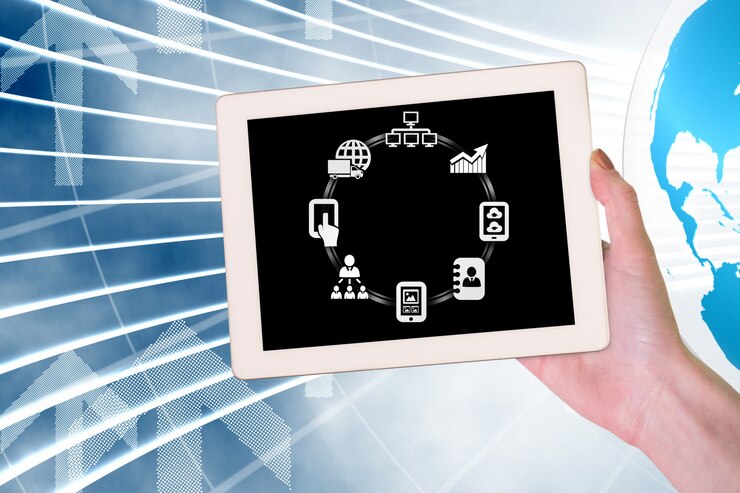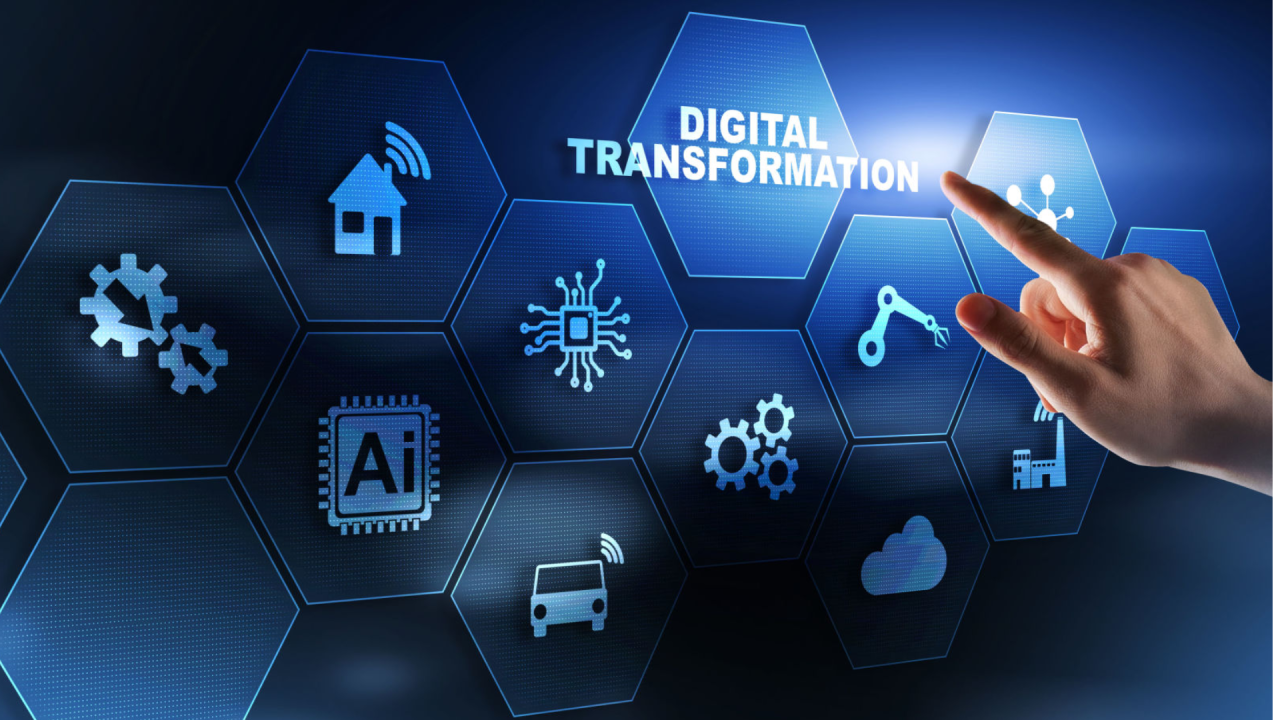Blockchain technology has gained significant attention in recent years, yet it remains a mystery to many. Often associated with cryptocurrencies like Bitcoin, blockchain has far-reaching applications beyond digital currency. It is a decentralized, secure, and transparent ledger system that is transforming various industries. In this article, we will break down the fundamentals of blockchain, how it works, and its real-world applications.
What is Blockchain?
Blockchain is a distributed ledger technology (DLT) that records transactions across multiple computers in a secure and immutable manner. Unlike traditional databases controlled by a central authority, blockchain operates on a decentralized network, ensuring that no single entity has complete control over the data. Each block in the chain contains a set of transactions, and once a block is added to the chain, it cannot be altered without consensus from the network participants.
How Does Blockchain Work?
Blockchain operates through a series of key principles:
- Decentralization: Unlike conventional databases that are stored on a single server, blockchain distributes data across a network of computers (nodes). Each participant has access to the same information, ensuring transparency.
- Immutability: Once a transaction is recorded in a block and added to the chain, it cannot be changed or deleted. This feature ensures security and prevents fraud.
- Consensus Mechanism: Blockchain networks use consensus mechanisms like Proof of Work (PoW) or Proof of Stake (PoS) to validate transactions. These protocols ensure that all transactions are legitimate and agreed upon by network participants.
- Smart Contracts: Some blockchains, such as Ethereum, allow the creation of self-executing contracts with predefined rules. These smart contracts automate transactions and processes without intermediaries.
Key Applications of Blockchain
1. Cryptocurrencies
The most well-known use of blockchain is in digital currencies like Bitcoin, Ethereum, and others. These cryptocurrencies rely on blockchain to ensure secure, decentralized transactions without the need for banks.
2. Supply Chain Management
Blockchain enhances transparency in supply chains by providing a tamper-proof record of goods’ movement from origin to destination. Companies like IBM and Walmart have implemented blockchain solutions to improve traceability and reduce fraud.
3. Finance and Banking
Blockchain is revolutionizing the financial sector by enabling faster, cheaper, and more secure transactions. Banks and financial institutions use blockchain for cross-border payments, fraud prevention, and digital identity verification.
4. Healthcare
Blockchain improves healthcare data security by providing encrypted, tamper-proof patient records. It enables secure sharing of medical information between providers while ensuring data privacy.
5. Voting Systems
Blockchain-based voting systems can enhance election security and prevent fraud by providing transparent and verifiable voting records.
Challenges and Future of Blockchain
Despite its benefits, blockchain faces challenges such as scalability, energy consumption, and regulatory uncertainty. However, ongoing innovations, including layer-2 solutions and sustainable consensus mechanisms, are addressing these issues.
As blockchain technology continues to evolve, it has the potential to revolutionize various industries, making processes more secure, efficient, and transparent. Understanding blockchain is essential for individuals and businesses looking to stay ahead in the digital era.
Conclusion
Blockchain is more than just a buzzword—it is a transformative technology reshaping industries worldwide. By understanding its core principles and applications, we can appreciate its potential to drive innovation and efficiency. As adoption grows, blockchain will play an increasingly vital role in shaping the future of digital transactions and decentralized systems.



